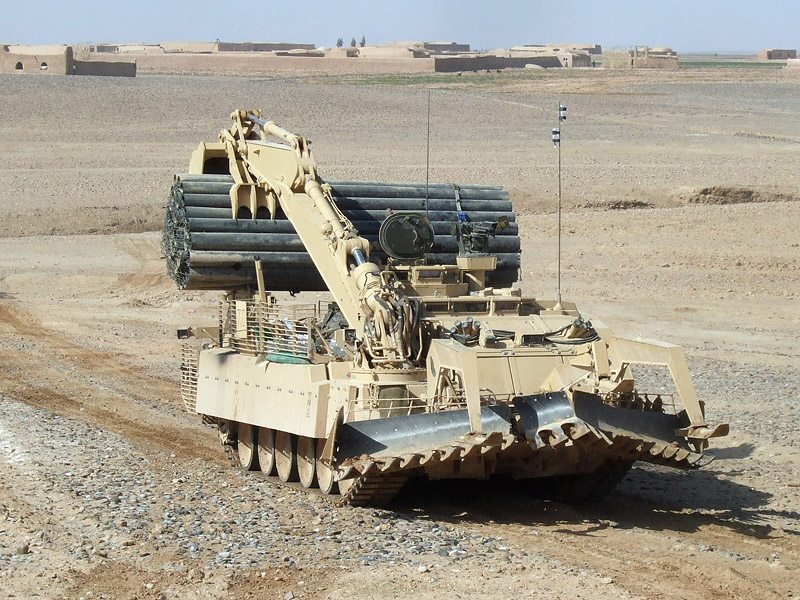The latest defence report, The Counter-IED Market 2011-2021: Systems and Technologies for Force Protection, finds a sector that is in decline from unusually high levels of spending in previous years although robust demand is still expected over the decade. Cheap to produce and deadly to its victims, improvised explosive devices (IEDs) are expected to continue being a key weapon for insurgents and terrorists in the future.
Thus, even in the era of defence spending cuts, countries are still looking to acquire counter-IED systems to address this persistent menace. This new study calculates that the global counter-IED market in 2011 amounted to $6.4bn.
Improvised explosive devices (IEDs) have proven to be an effective and increasingly preferred weapon by insurgents, primarily in Iraq and later in Afghanistan, along with many other places in the world.
Many of the world’s leading armed forces have responded by spending heavily on equipment that will protect against IEDs, such as mine-resistant vehicles, jammers that block radio signals meant to detonate IEDs, detection and disposal systems, and robots and unmanned aerial vehicles (UAVs) intended to detect the deadly menace.
While demand has peaked in recent years, spending on counter-IED spending remains significant. IEDs, being cheap and relatively easy to make with widely available material are expected to remain a threat in future conflicts.
The US remains the main spender on counter-IED systems although its share will decline slightly, albeit it will still be the leading market over the next decade.
A number of countries in Europe remain key markets and there are there are countries in Asia and the Middle East seen to significantly increase spending on counter-IED systems over the decade.
This report is packed with 71 tables, charts and graphs that show key trends in the counter-IED market. At the global level, Visiongain provides forecasts for the period 2011-2021 in terms of value (US$) for total sales also for four key submarkets – mine-resistant vehicles, electronic countermeasures, detection systems and unmanned systems.
Forecasts for total sales are also provided for 10 leading national counter-IED markets with comprehensive analysis of counter-IED programmes in each of the 10 leading national markets.
This defence report, The Counter-IED Market 2011-2021: Systems and Technologies for Force Protection, will be valuable to those already involved in this important defence sector, or who are looking to participate in this dynamic defence sector.










